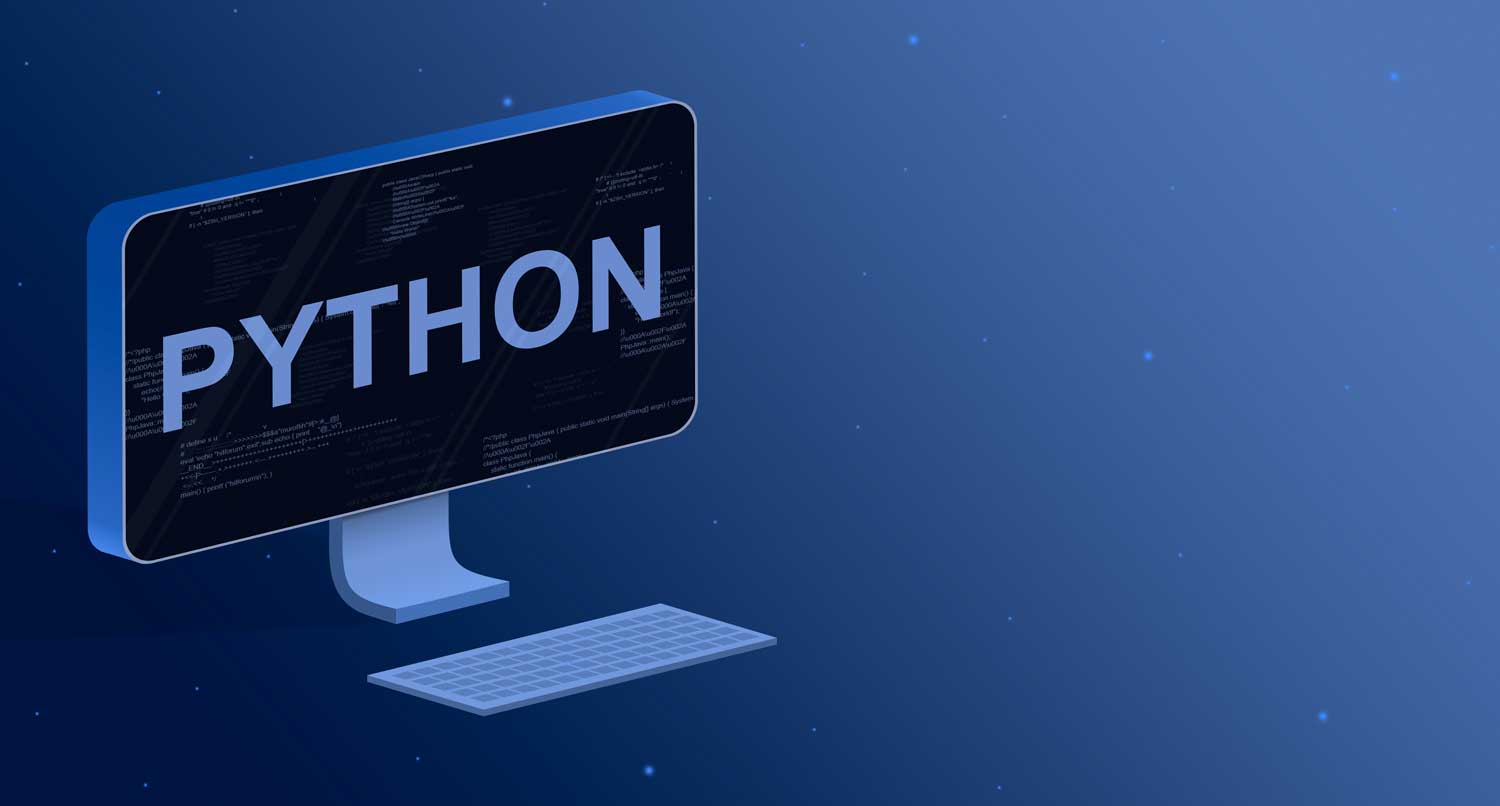Python is an open-source high-level, general-purpose programming language. Developed by Python.org, this language’s design philosophy emphasizes an easily readable code by using proper indentation.
Its futuristic language construct and object-oriented programming approach make it suitable for programmers working on anything from a college project to large-scale commercial software.
This article is about the top 3 best Python best practices that can help programmers make safe, secure, and efficient software using this language. These are not hard and fast rules or strict principles and rather advice from experienced developers to make the development process smoother.
Learn Python Security
This is a rather broad topic, but learning Python security from the day you start learning the language goes a long way. Any developer working on this language needs to be familiar with the security situation of the language.
Here are some of the Python Security tips:
- Data Sanitization – is the practice of scanning any and all data that enters the application and eradicating any harmful entities that it might contain. This is done to prevent SQL injection denial of service and XSS attacks.
- Scanning – Scan your code using a credible static code analysis tool to make sure no vulnerability makes it to the final build of your software product.
- Download Packages with Care – it is easy to use and download, but they are a major source of vulnerabilities in Python-based applications.
- Reviewing the Dependency Licenses – make sure you understand the terms and conditions of the open-source dependencies you are using.
- Never use the system standard version of Python.
That’s not all there is to Python security; you should also develop an in-depth understanding of the Python Security Best Practices for developing secure apps.
Write the Code the Right Way
Every programmer has a unique approach to writing code, and technically none of them are incorrect as long as it gets the job done. However, some simple coding guidelines apply to any language, especially Python, to make it more efficient and easy to understand and reuse.
Some of the best practices to use when writing the code include:
Write a Well-Structured Code
This applies to anything from making a calculator in Python to developing the software for an autonomous robot. A well-structured code has proper names of the modules, correct use of indentations, and comprehensive documentation.
These practices might make the coding process longer, but the product will be an easy-to-understand and reusable code.
An example of that is including a README file when working on a project that describes the details of your code. Similarly, the setup.py file for effectively shifting the project to a new environment and a requirements.txt file detailing the code’s dependencies can make things function smoothly.
Use Proper and Frequent Comments
Code documentation does not only consist of the README or REQUIREMENTS files. It begins with the proper use of comments. For example, you can add comments to the document:
- What is the role of each of the modules?
- How do the functions work in the code?
- Roles of various functions.
This will make sure that someone else working on the code can quickly understand how it works and help you analyze and review the code efficiently.
Unlike many other languages, Python offers two types of comments. The first type is a single-line comment, starting with a #. This comment type can be used to describe a specific line of code or an expression.
For example:
print(“welcome home”) #comment: This prints welcome home
The second type of comment you can use is a multiline comment, starting and ending with triple quotes (‘”). These comments can be used to describe complex entities like modules or functions.
For example:
‘”This is a multiline
comment that describes how
this function works’”
Use Proper Variable, Class, Function, and Module Names
Using improper class, function, and variable names is one of the most common mistakes made by Python developers, especially beginners. Always avoid using single-letter variable names and heavily abbreviating class and function names.
For example, if you create a variable for storing the temperature input from a sensor, the proper name for the variable should be temperature or temperature_sensor1 instead of just t. The best guidelines for properly naming variables, classes, functions, and modules are available in the PEP-8 Style Guide.
Examples of some of these guidelines are:
- Separating multi-word variable names using underscores, e.g., long_variable_name.
- Using CamelCase when writing long class names, e.g., LongClassName.
- Underscores are advised for writing function names, e.g., fucntion_name().
Use and Create Modules
Making your code compact and modular is the best strategy for growing and improving your codebase. A module is a collection of functions that you can use in your future projects.
Python offers a rich collection of libraries and modules, compiled under the Python Package Index (PyPI) repository. It has a lot of modules developed by fellow Python programmers that you can download and use in your project directly from the internet. This saves the trouble of developing the logic from scratch and keeps the code compact and readable.
These modules are often from experienced developers and eliminate the chances of error. On the other hand, if you create a great module, you can let others use it if you want.
Conclusion
Python is one of the most popular programming languages and is used in projects of all levels of complexity. Certain Python development best practices can make the development process easier, more reliable, and secure. The first thing is to develop a deep understanding of Python security best practices and implement them when working on any Python project. Next is to write a code using proper structuring, comments, and names of variables, functions, and modules. Last but not least, take full advantage of the modular nature of Python and contribute to PyPI if you develop a great module that can benefit others.









